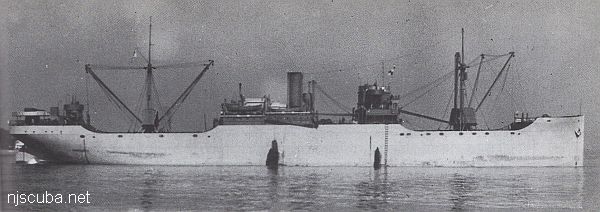DPlan - Conservatism
This is where things get interesting. D-Plan offers an assortment of conservatism options for you to experiment with. Each is selected or disabled by the check box, and any or all may be used at once. By default, all conservatism is turned off. There is actually a good argument for that: when planning a dive ( or cutting a table ) you want the fastest schedule that will get you out of the water safely. Conditions permitting, you then extend that in the water - 'on-the-fly' conservatism. If for some reason, you need to hurry up, and we all know that happens sometimes, you can dive the schedule to the edge and still be reasonably safe, whereas a schedule with a lot of built-in padding leaves you wondering what you can do while that shark circles or the storm builds or your bladder bursts.
GF-high serves two purposes in D-Plan. If used alone, it is the standard Buehlmann conservatism factor. Mathematically, it specifies how far into the "decompression zone" you are willing to go. 0.20 follows as close to the decompression "floor" as is likely to allow ascent, resulting in unrealistically long deco times, while 1.00 goes all the way to the limit of the model, ie no conservatism at all. Decompression stops regulated solely by this parameter are noted as "GF-hi Stops" in the program output. GF-high is limited to values between 0.20 and 1.00.
GF-low is similar to GF-high. If used alone, it behaves exactly as GF-high, and has the same limits. Like GF-high, extremely low values of GF-low will result in unrealistically long decompression times. Decompression stops regulated solely by this parameter are noted as "GF-low Stops" in the program output.
When used together, GF-high and GF-low become the high and low factors in the Baker Gradient Factor method. In this method, the actual conservatism factor used at any depth lies somewhere between the two, starting out on the first ( deepest ) stop equal to GF-low, and gradually changing to GF-high by the last stop. The effect of this is to generate relatively brief deep stops, without grossly exaggerating shallow stops. Decompression stops regulated by the Gradient Factor method are noted as "GF Stops" in the program output.
PR-High and PR-Low are very similar in concept to Gradient factors but instead work by limiting the maximum compartment pressure ratio during ascent. ( Whereas classical Gradient Factors work by scaling M-Values. ) Either one can achieve the same result, with pressure ratios being mathematically somewhat easier to implement. Finally, there is an option for whether the 'high' factor should be used at the last stop depth, or at the surface. Using the surface is a bit more conservative.
Decompression stops determined with no conservatism factor applied are noted as "Norm Stops" in the program output.

